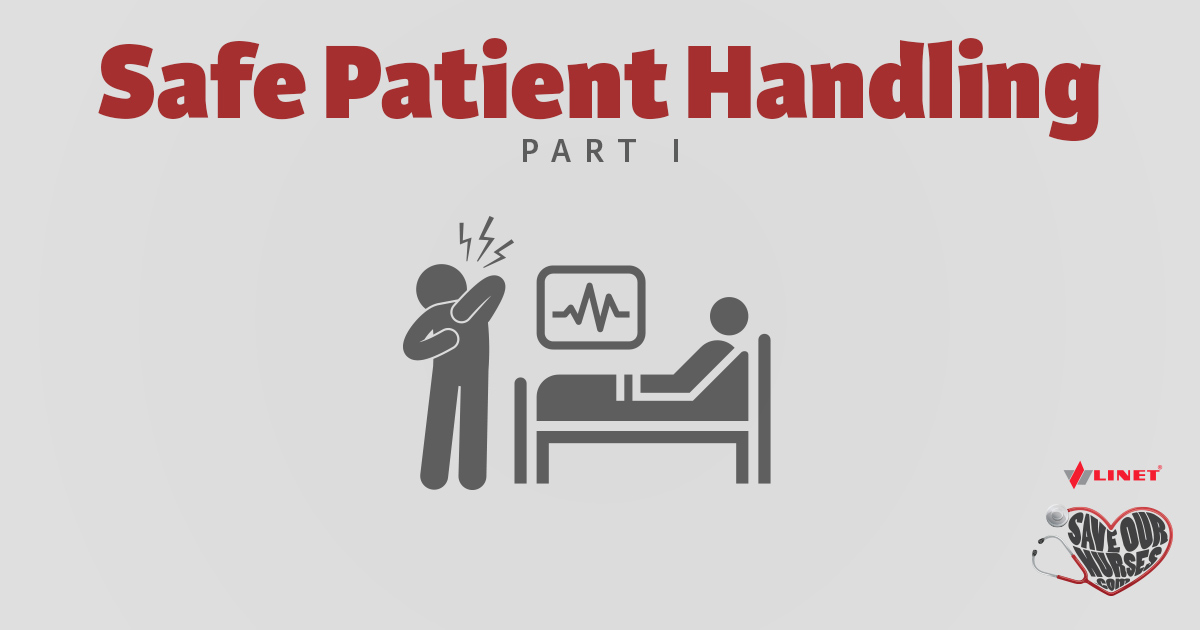
Imagine what would happen if all your nurses and direct support staff were unable to come into work. Your facility would be incapable of functioning. This scenario is a very real possibility, considering the number of workplace-related injuries nurses suffer.
Nurses and direct-care staff carry the physical weight of their patients, but an injury does more than impact their ability to care for patients. An injury can inhibit relationships with their kids, grandkids and friends. A physical injury can cause the immense burden of lost wages, pain and suffering, and deterioration of mental health.
Statistics regarding the incidence of nursing injuries are often overlooked amid antiquated ergonomics programs meant to support proper body mechanics. In reality, the so-called “proper ways” to move a patient still have significant potential to injure a healthcare worker, reports NPR.org. Moreover, the Occupational Safety and Health Administration (OSHA) has identified a stringent need for better patient-handling programs to reduce risk to healthcare workers, but such programs require more than quick, simple training during orientation.
This three-part series will examine work-related injuries among front-line nursing staff, analyze what does and does not appear to reduce risk, and explain how to get started on creating and implementing an acceptable safe patient handling program in your facility.
Healthcare workers often suffer injuries while caring for patients. Take a moment to think about the definition of a workplace injury:
These questions reflect common concerns over workplace injuries in the healthcare setting, but employers and employees have a duty to ensure the safety of everyone in the facility, not just the patients. While an existing injury may be noted, any injury that occurs in the course of work is defined as a workplace-related injury.
For example, if a worker strains his or her back while transferring a patient, he or she has suffered a work-related injury — even if the worker does not appear distressed.
Healthcare workers, including licensed and support health professionals, are up to three times more likely to suffer a work-related injury than their peers in other industries, reports OSHA. But this statistic reflects the healthcare industry as a whole. Upon closer inspection, the risk is even higher for healthcare workers in more strenuous settings.
When a healthcare worker suffers an injury, nobody wins. On average, an employee (and his or her family) will lose $12,000 in wages a year while out with an injury. For an employer, expenses associated with a single workplace injury can rise to as much as $103,000. These costs faced by healthcare facilities directly impact that facility’s ability to increase wages, allocate budget to equipment needs and make other much-needed improvements. These injuries create a ripple effect in the healthcare industry.

It is in your best interest, as well as that of your staff and patients, to maintain an ongoing training program and high levels of experience regarding your facility’s safe patient handling program. If you feel that your safe patient handling program is unsatisfactory, or if your facility does not maintain one, you can work with OSHA to ensure compliance.
Furthermore, preventing injuries among your nursing staff is the best way to guarantee healthy, happy nurses (and patients!). Nurses deserve to return home in the same condition as when they left for work; they also deserve to live a fulfilling life — one not hindered by debilitating work-related pain.
Want to help make a difference at your health facility? Want to help your fellow nurses by giving them a voice regarding their own occupational health? NOW is the time to unite. Join the movement at SaveOurNurses.com or on Facebook, Instagram and Twitter — because after all, it shouldn’t hurt to be a nurse.